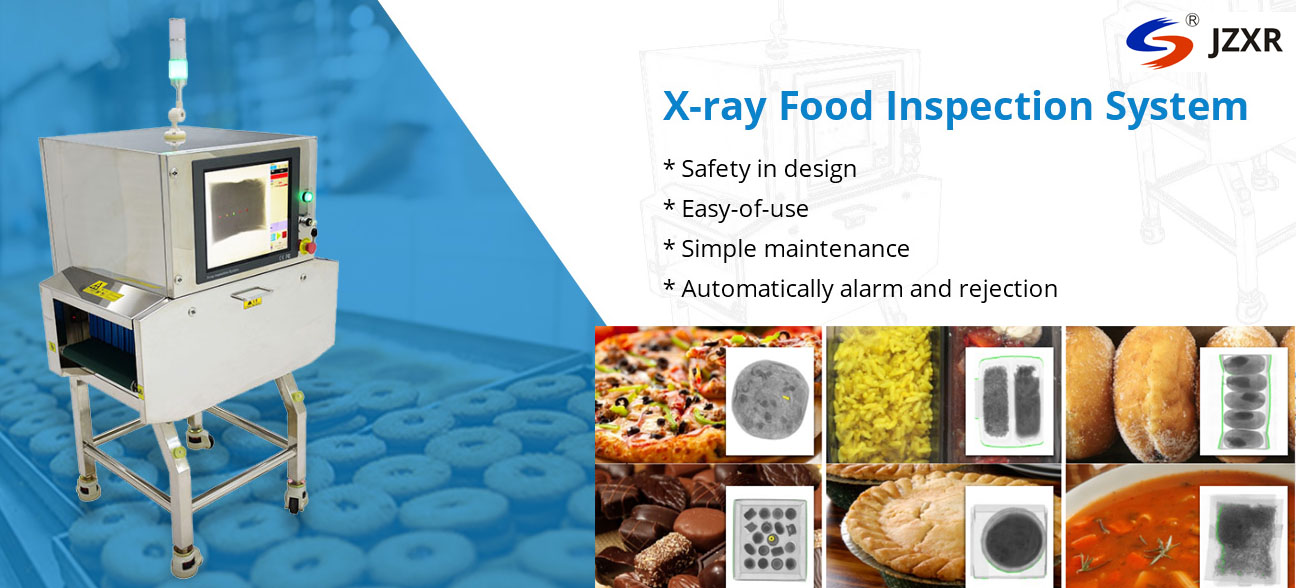The radiograph image is coloured by density. The less dense an item is, the lighter it will appear in the image, which helps you analyse any oddities. This analysis can also be done in real-time, so you can address the issue before it moves further through production.

You can adapt the diode of your x-ray system to enable you to find more intricate inclusions, which helps x-ray work against a wide range of contaminants and better protect your final product.
It’s also possible to use x-rays to find something missing in your product if your mass level is too low by giving you sight into the product.
X-ray works on packaged products, including food or other items contained in glass jars. Due to this, it can be a helpful form of final inspection, allowing you to check your output before it moves into the hands of your customers.
It will also work for in-line inspection, empowering you to review your products as they move through the line. In this sense, x-ray inspection system can be used as a tool across the stages of production, enabling you to get a better return on investment.

 Pусский
Pусский +86 13751397283
+86 13751397283

